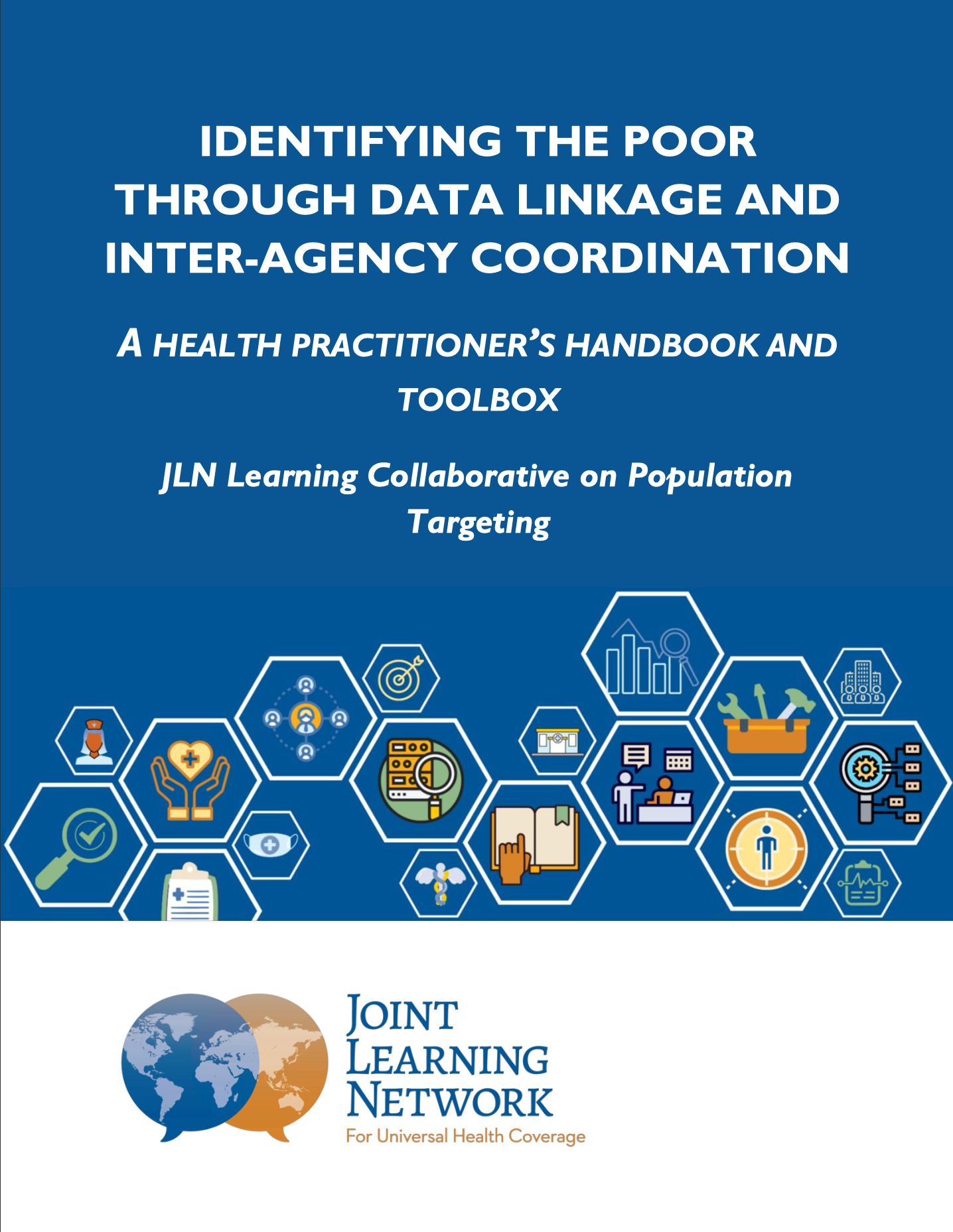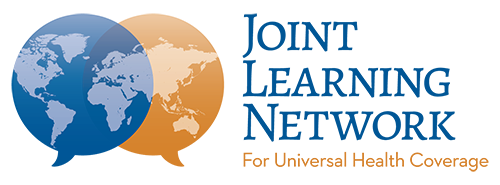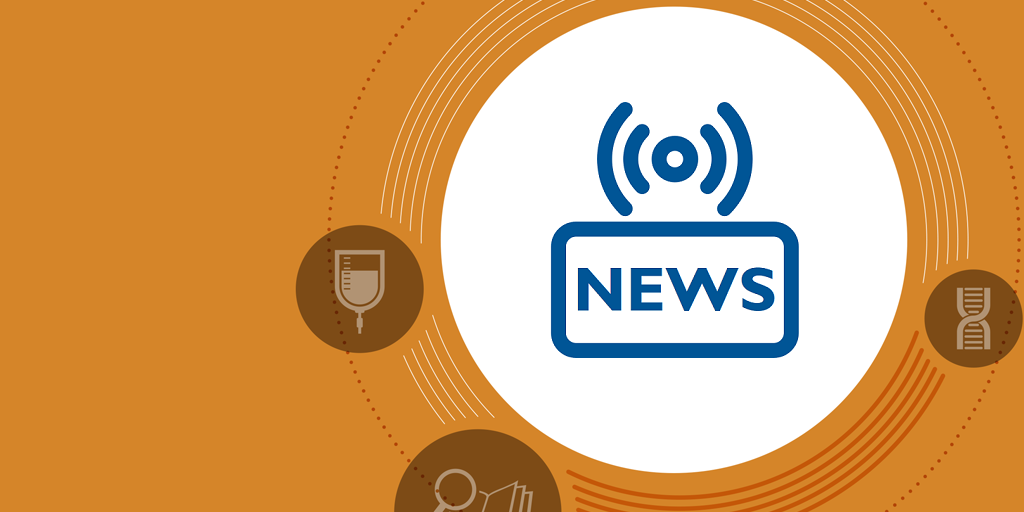Incentivizing quality is a topic that comes up repeatedly as a learning objective for country members of the JLN’s PHC Financing and Payment Collaborative. As countries work towards universal health coverage, evidence is pointing to the fact that universal health coverage (UHC) is grounded in quality PHC. When we measure progress in UHC, we look at effective coverage of essential health services and financial protection. But even if we achieve these two, health outcomes would still be poor if services were low-quality and unsafe. All member countries may have different financing and payment mechanism, but we all have a common goal: to get value for money. On April 07, the Joint Learning Network’s Primary Health Care Financing and Payment Collaborative facilitated a joint learning on how countries are working towards delivery of quality PHC services. From around the world, there are many lessons on what works and what does not, but the webinar drew lessons from the panel discussion by two collaborative member countries, who because of different contexts, Moldova from Europe and Mongolia from Asia, and they are at different stages of implementing the performance-based financing or pay for performance, provided a rich discussion as they shared their experience in their journey on the quality route. The webinar started with opening remarks from the Director General of the National Health Insurance Fund of the Republic of Moldova, Dr Valentina Buliga, who remarked on the World Health Day’s theme of building a fairer, healthier world and the relationship to PHC and UHC. She reiterated Moldova’s commitment to sharing her experience with the Collaborative members. Dr Ghenadie Damascan, the Head of the Healthcare Providers Contracting Department of the National Health Insurance Fund of the Republic of Moldova and Dr Gerelmaa Jamsran, the Benefit Package Consultant to the Asian Development Bank’s health reform project in Mongolia, answered different elements of three learning questions: How do we select the right indicators for the implementation stage? What are the tools that can assist in the monitoring? What are the factors for success? Audience engagement was through participation in two menti polls on the first two questions, sharing the lessons from their own country experiences as well as posing questions to the panellists. Several key lessons emerged as success factors: Performance based payment complements the basic payment mechanism and the choice of indicators is based on the health system goals of the incentive programme. Choose a few SMART (specific, measurable, achievable, relevant, timely) indicators that gives a broad view of the health system and these indicators may change over time as the context changes, e.g. from MCH to NCD. These indicators must be realistic and can be feasibly collected and monitored. As a monitoring tool, IT systems needs to be considered as countries progress, as it involves high initial capital investment which may be out of reach at first. At the start, monitoring tools should be simple, readily available, data validation can be done easily, detailed guidelines must be made available for standardisation of data collection and they must be institutionalised into the existing system for sustainability. The share of the pay for performance bonus must be attractive enough for healthcare providers to participate. Stakeholder engagement is important to get consensus. The facilitating system environment includes, purchaser-provider split, financial autonomy of health facilities, the contract as an instrument for accountability. Key takeaway messages: A system view needs to be taken in introducing payment for performance to incentivize quality and alignment with health system goals determines the prioritizing of quality indicators to monitor. Payment for performance is a financial tool to complement the existing payment system, it is integrated into the whole payment system. It does not stand alone. You are working within an existing framework, facing current challenges, with your own service delivery capacity. Delivering quality needs to be facilitated by organisational changes and financial incentives. To read more about the Collaborative event on Leveraging Provider Payment to Achieve Health System Goals, please read the report here. This post was written by Dr. Kamaliah Noh.


